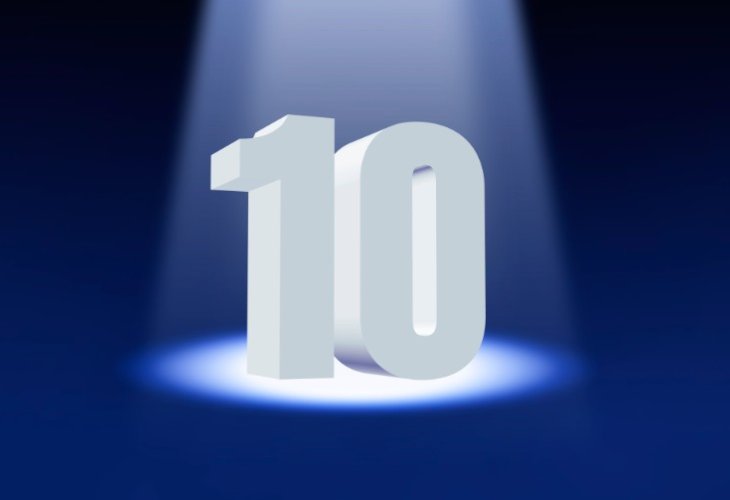The Remarkable Legacy of Rashi: Scholar, Teacher, Legend
Rashi's script was popular in medieval Spain. It distinguished biblical letters from Rashi's commentary. Yet, Rashi himself likely never used it.

1. Rabbi Shlomo Yitzchaki, known as Rashi, was born in the city of Troyes, France, in 1040 CE.
2. According to tradition, Rashi's lineage traces back to King David like this: Rashi is the grandson of Rabbi Eliezer, the 31st generation from Rabbi Yochanan HaSandlar, who was the fourth generation from Rabban Gamliel the Elder, son of Shimon the Prince, son of Hillel the Elder, from the family of Shefatia son of David, King of Israel.
3. It's told that Rashi's parents were childless for many years. Rashi's father was a merchant in precious stones, possessing a valuable gem that the king needed for his idol worship. Rashi's father risked his life by throwing the gemstone overboard, thus forfeiting his entire fortune and the promise of future riches, and pretended to grieve its loss. The king released him, and according to legend, Elijah the Prophet appeared and promised him a son who would "illuminate the eyes of Israel." Rashi was indeed born to them in their old age.
4. Rashi studied at the yeshiva of Mainz and Worms in Germany from the age of 20 to 30, learning from Rabbi Yaakov ben Yakar, Rabbi Yitzchak HaLevi, and Rabbi Yitzchak ben Yehuda, who were students of Rabbeinu Gershom.
5. Rashi had no sons but three daughters. They married prominent scholars, and his grandchildren became leading figures of their generations, including Rashbam, Rabbeinu Tam, one of the Tosafists, and Rabbi Yitzchak ben Meir.
6. Rashi authored numerous commentaries on sacred texts, especially notable for his commentaries on the Tanakh and the Babylonian Talmud. Initially, Rashi published his commentaries in small booklets, leading the Tosafists to refer to it as "The Kuntress".
7. Besides being a commentator, Rashi was a significant decisor who answered questions from all over Europe. His answers are included in the halachic literature associated with his Beit Midrash, such as Machzor Vitry, Sefer HaOr, Issur v'Heter l'Rashi, and others.
8. Rashi's script was commonly used in Spain during the Middle Ages to differentiate biblical verses from Rashi's commentary, though he likely never used this script himself.
9. Although Rashi's commentary is considered a plain interpretation, more than 200 commentaries were written on it. Well-known among them are the Maharal of Prague's "Gur Aryeh", Rabbi Eliyahu Mizrachi's (Ra'em), Rabbi Avraham HaLevi Avraham Kurt's "Sefer HaZikaron", and Rabbi David Pardo's "Maskil L'David".
10. Rashi's last years were during the great persecutions of the Crusades. He passed away on Thursday, the 29th of Tammuz in 1105 CE. His burial place has been forgotten over the generations.

